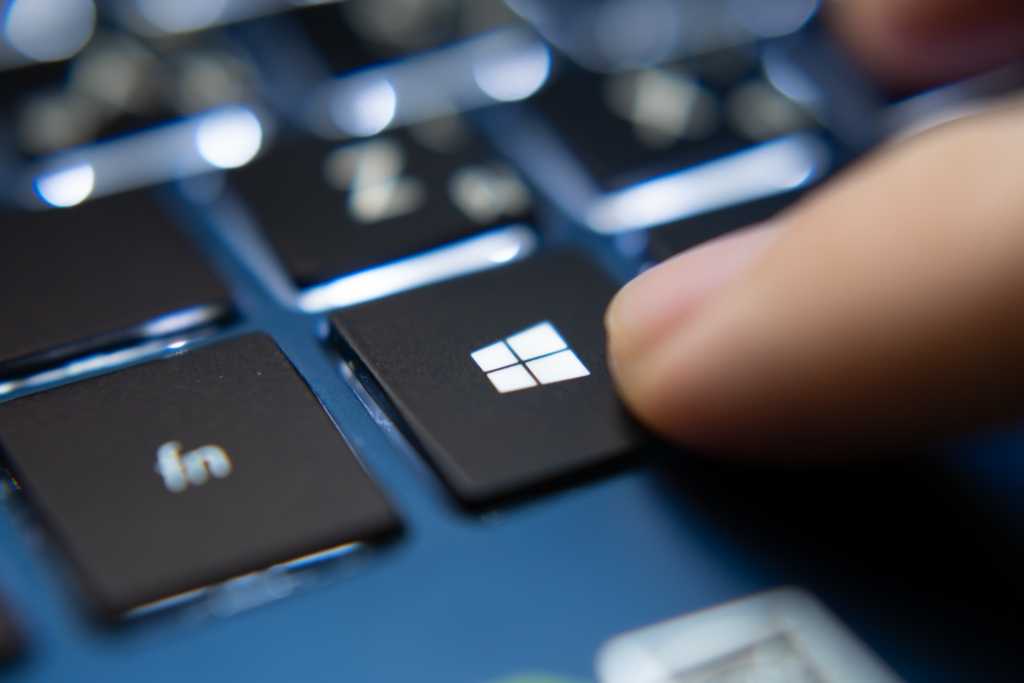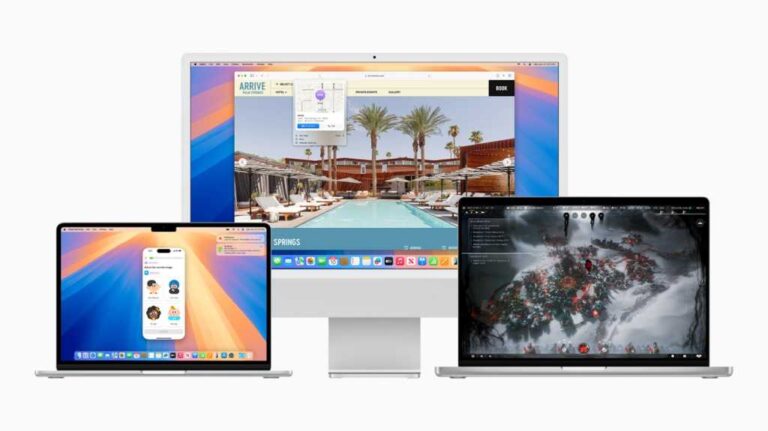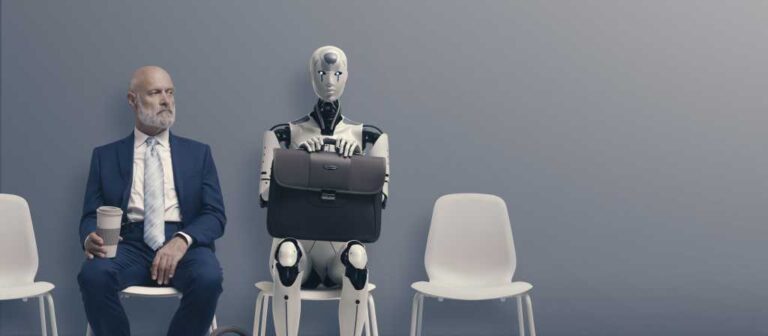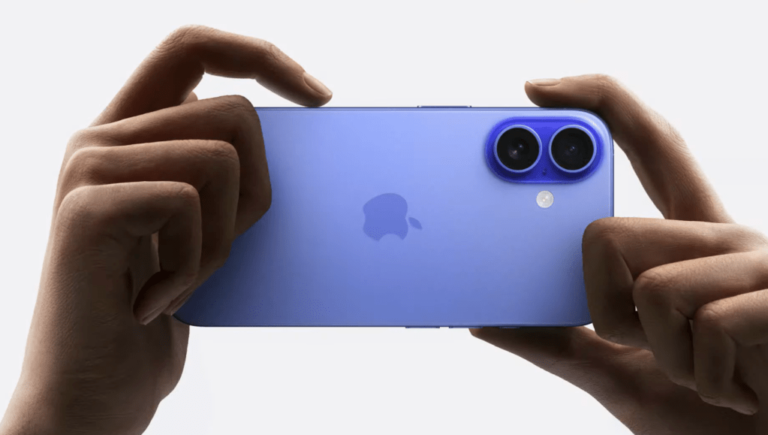Research: Extending corporate life of laptops by just one year can reduce harmful emissions by 25%
Extending the standard refresh cycle of laptops in a corporate environment can significantly reduce a workplace’s carbon footprint, according to new workplace sustainability research. However, challenges in ensuring the older laptops still meet Windows OS requirements, and other cost issues, could offset these environmental gains, experts said.
The Atos Sustainable Workplace report, published this week and aimed at providing insights to help improve corporate social responsibility, found that by refreshing laptops every four years rather than three, organizations achieve up to a 25% reduction in carbon and related emissions without downgrading device performance or user experience.
Moreover, by using what it called “data-driven, condition-based device refresh combined with remanufacturing,” organizations can even extend the life of laptops within an organization for eight to 10 years, according to the report.
Most (79%) of a laptop’s carbon footprint is produced during manufacturing, with each new device creating roughly 338kg of carbon dioxide equivalent (CO2e) before use, according to Atos. This means that extending the lifecycle of corporate laptops can have a huge impact on how sustainable a corporate environment is.
Atos research also found that 76% of large organizations’ laptops can be remanufactured — that is, stripped down and updated with newer parts where needed, and then sent back into the workforce — with the remaining 24% of devices available for refurbishment or recycling to contribute to the circular economy.
Moreover, the study found that employees are more than willing to use their older laptops longer for the sake of environmental benefits, with 75% of them saying they would be willing to keep them longer if it meant a more sustainable workplace.
Real-world issues to consider
Improving sustainability in a workplace is certainly a noble and, in the current global environment, even necessary goal. However, the vision Atos presents for extending laptop lifecycles to achieve environmental gains may not make practical, economic, or even cultural sense for current corporate environments, analysts noted.
One issue with the idea of keeping older laptops for longer is that Microsoft’s support for Windows 10 ends in less than a year. Most organizations are likely in the middle of a migration to Windows 11, which is challenging, as many older PCs may not meet the minimum requirements for the new operating system.
If organizations choose not to migrate, they may soon have to start paying for extended Windows 10 support, which starts at $61 per device in the first year, doubling to $122 per Windows 10 device in year two, and $244 per device for the third and final year.
Indeed, organizations are currently facing an important choice as the end of Windows 10 support looms: how do they want to approach either migration to Windows 11, or staying with older Windows 10 devices, noted Everest Group senior analyst Prabhneet Kaur.
“While component upgrades, like increasing RAM, can help meet Windows requirements, or informal workarounds may bypass them, maintaining robust security and a quality user experience will be tricky,” she said.
‘A lot of work for IT departments’
According recent Neowin numbers, overall share of Windows 10 users is currently at 60.95%, while the overall share of Windows 11 users is at 35.55%. These are consumer numbers; corporate environments often lag behind consumer adoption of new versions of Windows.
If an IT department wants to keep older laptops and migrate them to Windows 11, it will take both time and financial investment to maintain the older devices — neither of which corporate IT departments or budgets historically tend to have much of, another analyst noted.
“TCO [total cost of ownership] increases as the device gets older,” observed Ranjit Atwal, research director in Gartner’s Quantitative Innovation team, adding that remanufacturing laptops “sounds expensive to do every few years.” Overall, the idea of keeping older laptops in corporate circulation for a longer period of time “sounds like a lot of work for IT departments that don’t like change,” he noted.
Sebastien Vibert, solution manager at Atos, said his company’s analysis found that of tens of millions of devices observed, 96% of devices in large organizations are already compatible with Windows 11. This indicates that “a majority of corporate organizations have taken the necessary steps to refresh their devices, ensuring they meet the requirements for Windows 11” and thus support Trusted Platform Module 2.0, a critical hardware component of Windows 11 security.
Even if this is the case, there still remain “many challenges” to Atos’ vision of sustainability through laptop lifecycle extension, Atwal observed.
“There are lots of different parts of the organization to persuade to make the move to this type of sustainable path,” he noted. “However, sustainability is a major factor on the CIO agenda and these considerations are being discussed.”







